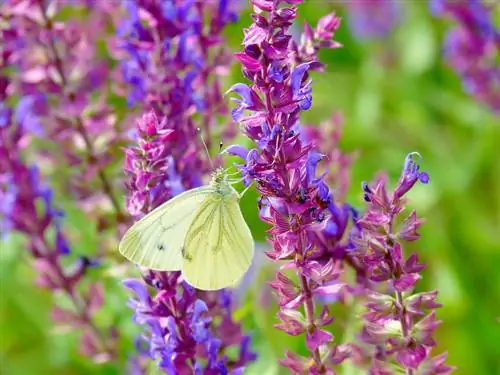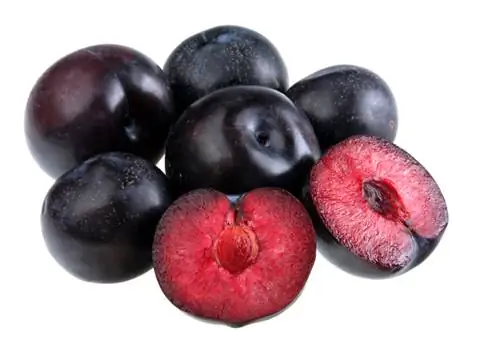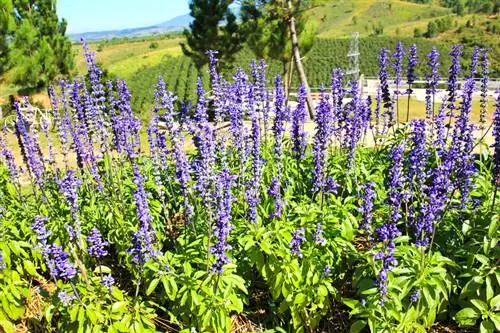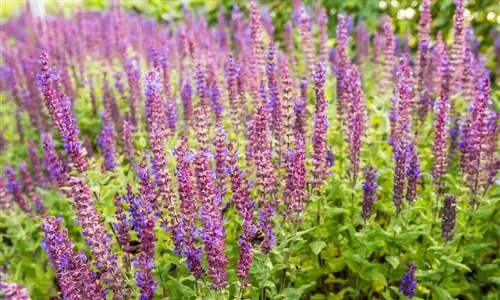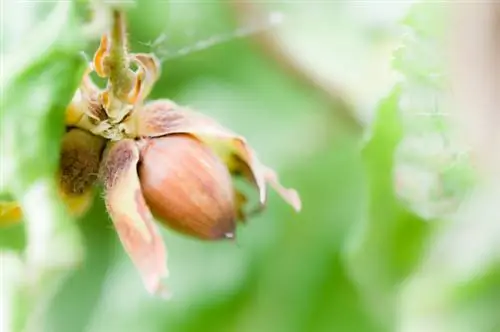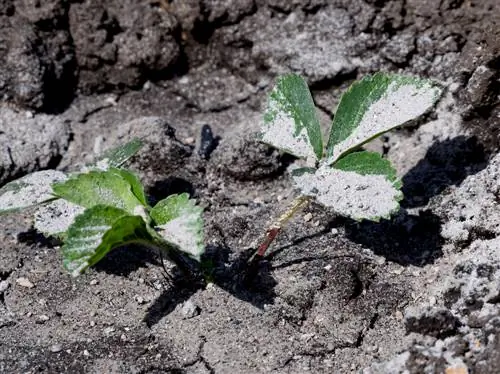- Author admin [email protected].
- Public 2023-12-16 16:46.
- Last modified 2025-01-23 11:20.
The information about the edibility of steppe sage varies depending on who you ask. Without a doubt, this plant is not the commonly known common sage, Latin Salvia officinalis, but merely a relative.
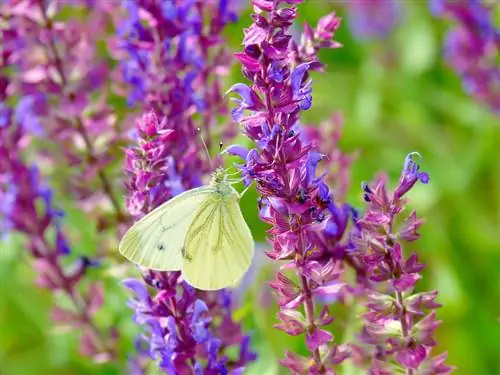
Is steppe sage edible?
The steppe sage (lat. Salvia nemorosa) is edible and can be used for edible decorations, however, for medicinal purposes and tasty tea, the real sage (lat. Salvia officinalis) should be preferred.
But the steppe sage (Latin Salvia nemorosa) is also quite edible and is said to have a certain healing power. However, the effect varies greatly depending on the type of steppe sage. There is nothing wrong with using the flowers as edible decorations, for example. However, for medicinal purposes you should use the recognized medicinal herb Salvia officinalis. Bees and other insects really like this decorative plant.
Caring for steppe sage
The steppe sage is very warm-loving. Give it a location that is as bright and dry as possible, preferably in full sun. But even in the light shade you can still enjoy the colorful flowers. The soil should be humus and permeable and loamy-sandy, preferably predominantly sandy. If it is too heavy and firm, mix in some humus and/or sand to loosen it.
If the steppe sage feels comfortable in its location, then it is quite easy to care for and undemanding. It only needs fertilizer twice a year and you should only water this plant during the flowering period, but then only moderately. The steppe sage can tolerate occasional drought, but it is very sensitive to waterlogging. Many varieties of steppe sage are more or less hardy.
Healing Competition: True Sage
The real sage (Latin: Salvia officinalis) is still grown today in herb gardens for medicinal purposes. It can be used in many ways as a home remedy, but of course does not replace a visit to the doctor. Native to the Mediterranean region, it also grows quite well in our latitudes. With its anti-inflammatory and astringent (constrictive) effects, it is the first choice for sore throats and inflammations in the throat area.
The most important things in brief:
- not to be confused with Salvia officinalis
- edible
- Flowers can be used as edible decoration
- loves warmth and light
- water moderately
- Avoid waterlogging
Tip
The steppe sage is grown as an ornamental plant; for tasty teas or healing applications, they prefer to plant the common sage (Latin: Salvia officinalis).

